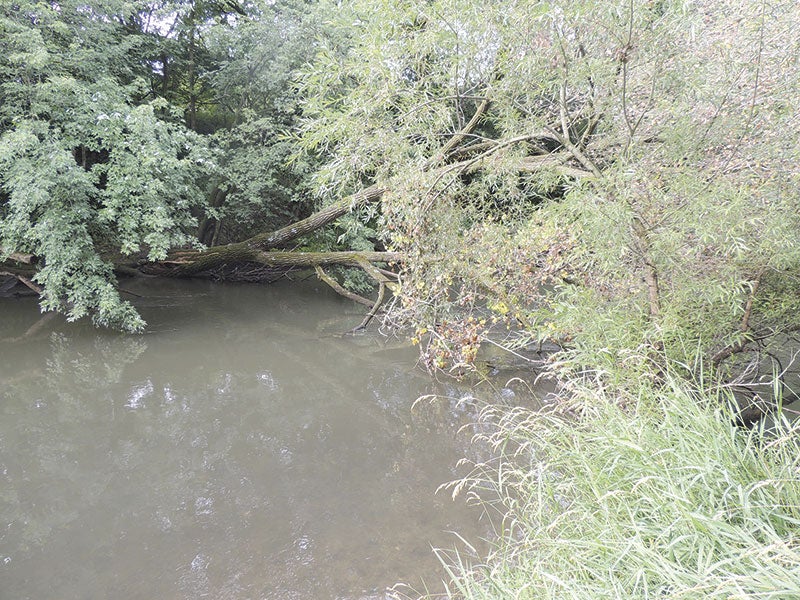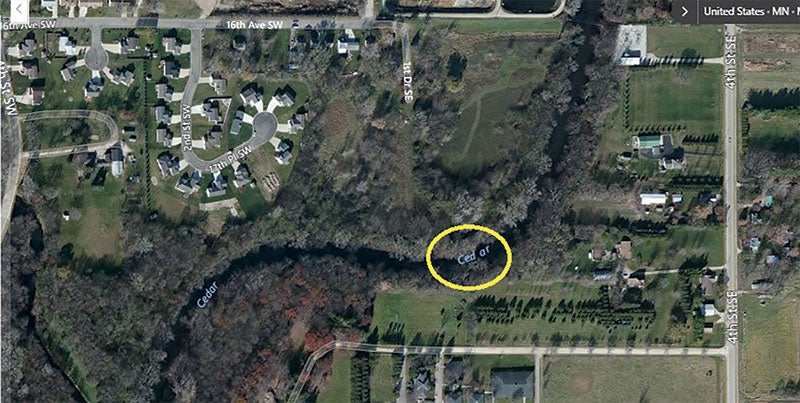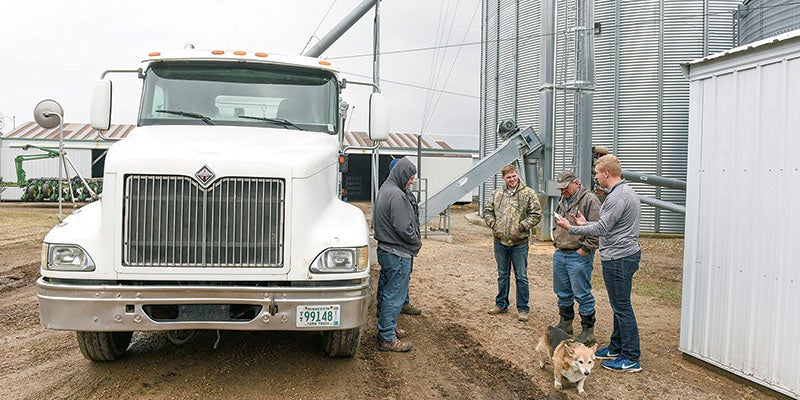Tree issue on Cedar River shows increased use; DNR resolves hazard after people speak out to CRWD
Published 10:18 am Monday, July 11, 2016
A large, fallen tree spanning the Cedar River in southwest Austin has created safety issues in recent weeks and even caused two kayakers to tip into the water.
But the channel reopened last Wednesday after a Minnesota Department of Natural Resources crew cleared out the tree at th request of the Cedar River Watershed District. The crew had planned to reopen the river south of the city’s wastewater treatment plant sooner; however, the work was delayed by impending severe weather.
The work shows the benefits of the Cedar River being designated as a state water trail in 2011 and came after about a half dozen canoe/kayak groups reported trouble with the tree blockage when the river level was higher or, once it lowered, concern with passing under its branches, according CRWD Outreach Coordinator Tim Ruzek.
Fallen trees are a common issue on rivers but CRWD had not received anywhere near the amount of community feedback on such an issue until this one, Ruzek noted.
“Reports by canoeists and kayakers on this hazard strongly show that the Cedar River State Water Trail is attracting more recreational users, and that is great to see,” Ruzek said in a press release. “We want river users to let us know what they’re seeing — the good and the bad.”
From Page 1
Canoeists and kayakers had been reporting issues with the tree since around June 18 to CRWD and Austin-based outfitter Cedar River Canoe & Kayak Rental Service. Brian and Dorothy Pirmantgen, who started the rental service last summer, have been vital for getting river information from their growing number of renters, Ruzek said, and are a big reason for more paddlers on the Cedar River this season.
The recent tree hazard has provided a good experience for all involved on how to proceed as quickly as possible in the future with similar issues, Ruzek said.
Once notified, DNR typically will get a crew out to a state water trail’s hazard site within a week, said Joel Wagar, a DNR parks and trails area supervisor. Aside from special trips for hazards, the DNR crew floats the Cedar River State Water Trail at least three times a year — early spring, around July 4 and late summer/early fall — to look for navigational hazards and remove them, he said.
DNR will remove the hazardous part of a downed tree but not the entire tree, Wagar said. Woody debris helps protect against soil erosion along a riverbank and provides habitat for fish, turtles and wildlife, he added.
People also can directly report hazards to the DNR by calling 800-657-3929. DNR also expects this summer to launch an online option for reporting conditions for the Cedar River State Water Trail as it has for most other state water trails.
The DNR crew also checks during its floats on DNR access sites and signage on the water trail. About a week ago, DNR added signage upstream from its Riverwood Landing access on the Cedar River, south of Austin, that notes the access is 200 yards ahead. CRWD and Cedar River Canoe & Kayak requested the signage as paddlers have had problems spotting the access.
In 2011, CRWD worked with local state legislators Sen. Dan Sparks and Rep. Jeanne Poppe on gaining legislative approval on designating the Cedar River as Minnesota’s 33rd State Water Trail. DNR then officially launched the Cedar River State Water Trail in spring 2012 with water trail maps, webpages and floats for finding navigation hazards.
Aside from the natural debris that can cause issues on the Cedar River, CRWD also is continuing to lead a volunteer Adopt-A-River initiative to clean up garbage and other non-natural debris from the river. Much of the 25-mile Cedar River State Water Trail has been adopted this year by volunteers, and several have done cleanups already this summer.
Since 2011, CRWD’s Adopt-A-River initiative – inspired by the state’s cleanup program – has involved dozens of volunteers removing many tons of garbage and flood debris, including more than 1,100 tires, from the Cedar River in Mower County. CRWD has created cleanup routes; lined up volunteers; assisted with cleanup logistics; and paid for the proper disposal of removed items.







